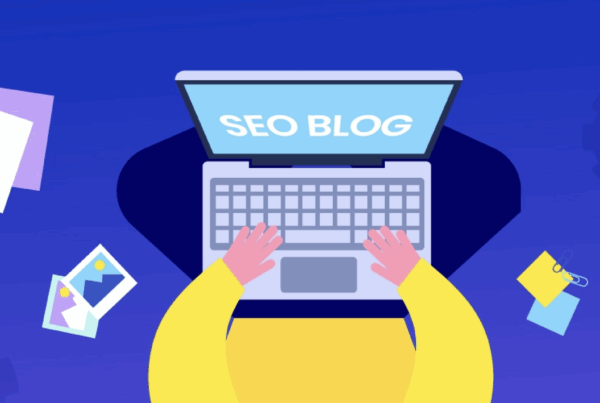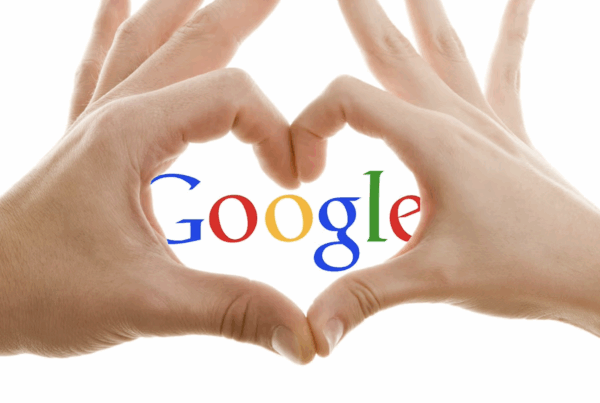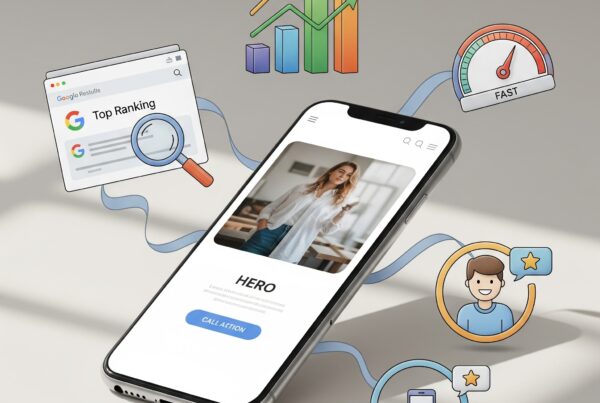Why SEO and Web Design Are No Longer Separate Conversations
For years, search engine optimization (SEO) and web design were treated as two separate disciplines—one focused on getting people to a website and the other focused on what they saw once they arrived. But in today’s digital landscape, the line between the two has all but disappeared. To truly succeed online, your website needs to look good and perform well. Google and other search engines evaluate user experience as part of their ranking algorithms, which means the way your site is designed plays a major role in how visible it is in search results.
SEO isn’t just about keywords anymore. It’s about how fast your site loads, how well it works on a mobile device, how logically the content is structured, and how easy it is to use. All of those elements fall squarely within the realm of web design.
Whether you’re building a site from scratch or revamping an old one, understanding how SEO and design intersect can make or break your online presence. Let’s take a deeper look at the key areas where thoughtful web design directly supports your SEO strategy.
Mobile Responsiveness: The Foundation of Modern SEO
One of the biggest shifts in search engine ranking over the past decade has been the emphasis on mobile-first design. With the majority of web traffic now coming from smartphones and tablets, search engines have prioritized mobile responsiveness as a core ranking factor.
A responsive website adjusts seamlessly to different screen sizes, ensuring that users on mobile devices have just as smooth an experience as those on desktops. If your website isn’t mobile-friendly, not only will visitors bounce quickly, but Google will penalize your rankings.
Designers must consider how navigation, images, buttons, and content layouts function across various devices. Sites that require users to pinch and zoom or scroll endlessly are likely to frustrate visitors—and that frustration translates into higher bounce rates and lower rankings.
A clean, responsive design doesn’t just benefit SEO—it also reflects positively on your brand. Customers associate a smooth, easy-to-use site with professionalism and trustworthiness. If your website feels outdated or clunky on mobile, users may assume your business is too.
Page Speed and Load Time: A Make-or-Break Metric
Page speed is another area where design choices can significantly influence SEO. Google has been using page load times as a ranking factor for years, and their Core Web Vitals initiative now puts even greater emphasis on how quickly users can interact with your site.
Everything from large image files and video content to excessive animations and bloated code can slow down your site’s load time. Designers need to work closely with developers to ensure that aesthetic choices don’t come at the cost of performance.
Streamlined design with optimized assets and minimal reliance on bulky scripts can dramatically improve load times. Additionally, using tools like lazy loading for images, compressing files, and employing content delivery networks (CDNs) can all support a faster, more SEO-friendly site.
Fast load times keep users engaged and reduce bounce rates—two metrics that search engines track closely. If your beautifully designed homepage takes too long to load, potential customers may never stick around to see it.
Semantic HTML and Structured Content: Helping Search Engines Understand Your Site
Behind every great website is a solid foundation of clean, semantic HTML. This technical aspect of design is critical for SEO because it tells search engines what your content means—not just what it says.
Using proper header tags (like H1, H2, and H3) helps search engines understand the hierarchy and structure of your content. Descriptive alt text for images, meaningful meta descriptions, and well-labeled navigation menus all contribute to better crawlability and indexing.
Semantic HTML also improves accessibility, which is increasingly important both for ethical reasons and SEO. Search engines are designed to favor sites that are easy to navigate and understand—not just for machines but for all types of users.
Well-structured content also enhances the user experience. When your site is easy to scan and logically organized, users are more likely to find what they need quickly. That ease of use reduces bounce rates and increases the time spent on your site—two behavioral signals that can boost your rankings.
Navigation and UX Design: Creating a Clear Path for Users and Search Engines
Effective web design isn’t just about what users see—it’s also about how they move. A site with intuitive navigation helps both users and search engines find the information they’re looking for.
If your navigation is confusing, cluttered, or inconsistent, visitors may get lost and leave, which signals to search engines that your site isn’t providing value. On the other hand, a well-thought-out navigation system creates a logical flow that guides users to key pages, such as services, contact information, or product listings.
Sitemap architecture also plays a role here. Grouping related content together in clearly labeled sections helps search engines crawl your site more effectively. Internal linking strategies can guide visitors to deeper pages, increasing page views and supporting overall SEO.
Remember that every design choice impacts usability. Dropdown menus should work well on mobile, buttons should be easy to tap with a finger, and search functions should yield relevant results. When users enjoy navigating your site, they tend to stay longer—improving your engagement metrics and your SEO.
Designing for Content: Supporting the Most Important SEO Tool
Content is still king when it comes to SEO, but even the best-written content can fall flat if it’s not supported by design. A well-designed site presents your content in a way that’s easy to consume, visually appealing, and shareable.
Designers must consider typography, spacing, color contrast, and multimedia integration to make content engaging. Long paragraphs need visual breaks, such as headings, images, or videos, to hold the reader’s attention. Callouts, pull quotes, and infographics can turn otherwise static content into an experience.
It’s also essential that your design encourages users to interact with content—whether that means clicking a link, filling out a form, or sharing an article on social media. These engagement signals are picked up by search engines and can have a positive effect on your ranking over time.
Design and content should never work in silos. The more cohesive your message, visually and textually, the more powerful your site becomes—both for users and for search engines.
Avoiding SEO Pitfalls in Design
Unfortunately, even beautiful designs can harm SEO if not executed thoughtfully. One common mistake is prioritizing style over functionality—such as using too many high-res videos or full-screen sliders that slow down load time.
Other pitfalls include hiding important content behind tabs or pop-ups, using non-descriptive image filenames, or failing to include proper metadata. Even things like JavaScript-heavy navigation can confuse search engines if not implemented correctly.
This is why collaboration between your design, development, and SEO teams is essential. Every aspect of the website should be created with performance, usability, and visibility in mind.
The Future of Web Design and SEO: Where It’s Headed
As Google continues to refine its algorithms, the future of SEO will become even more user-centric. Core Web Vitals, user engagement, and mobile usability are already shaping the digital landscape. In the near future, we can expect AI-driven content recommendations, voice search compatibility, and further emphasis on accessibility.
That means the role of design will continue to grow in importance—not just in making websites look good but in ensuring they function as well-oiled machines that serve both human users and search engine bots.
Smart businesses will treat SEO and web design not as separate services but as two parts of a unified digital strategy. The synergy between the two disciplines creates better-performing websites, more satisfied customers, and a stronger return on investment.
Final Thoughts: A Strategic Partnership Between Form and Function
Your website is the digital face of your business, and its success depends on more than just looks. When SEO and design are woven together from the beginning, you create a site that attracts, engages, and converts.
Thoughtful design choices—like responsive layouts, optimized load times, semantic structure, and intuitive navigation—support strong SEO. In turn, higher search rankings drive more qualified traffic, which allows your design to shine in front of a larger audience.
If your current website isn’t performing the way you’d like, it might be time to rethink the way design and SEO are working—or not working—together. The best results come from teams who understand how to balance creativity with performance, beauty with usability, and aesthetics with strategy.
Let your website be more than a digital brochure. Let it be a powerful, optimized experience that ranks well and resonates deeply with your audience.



